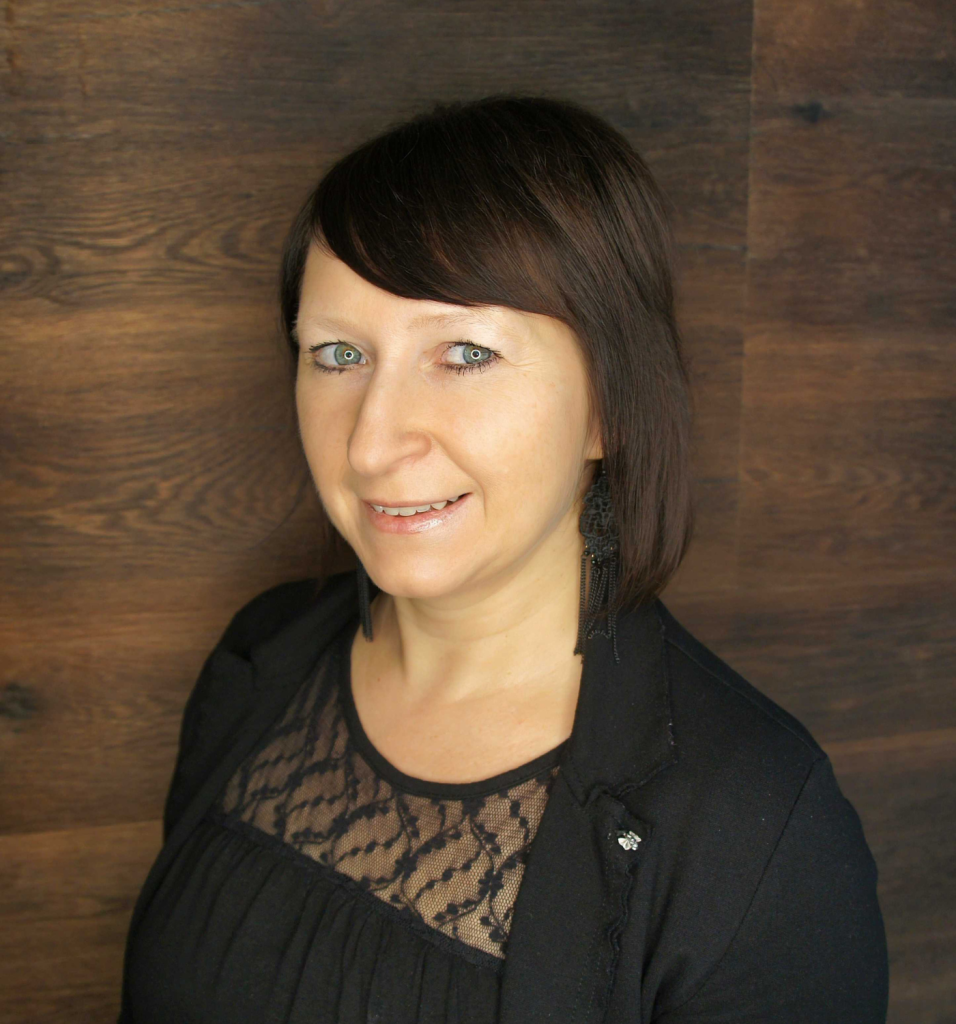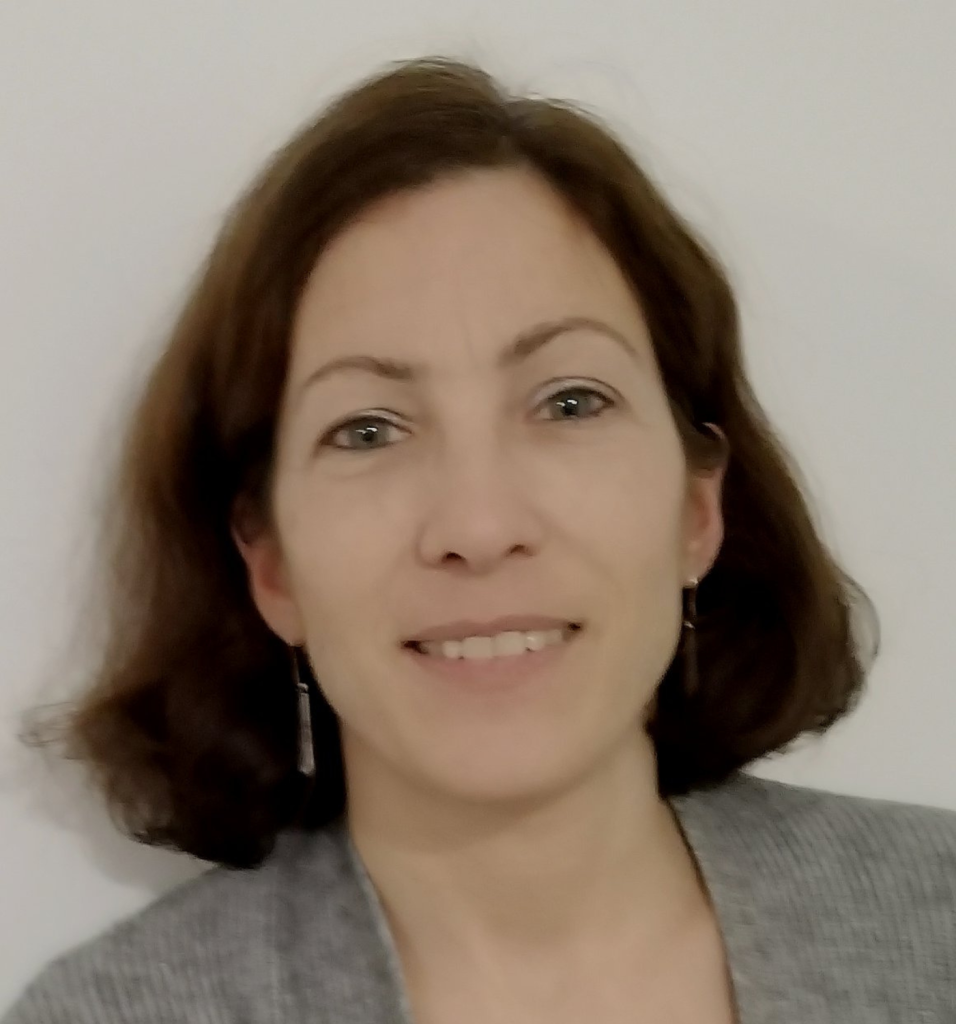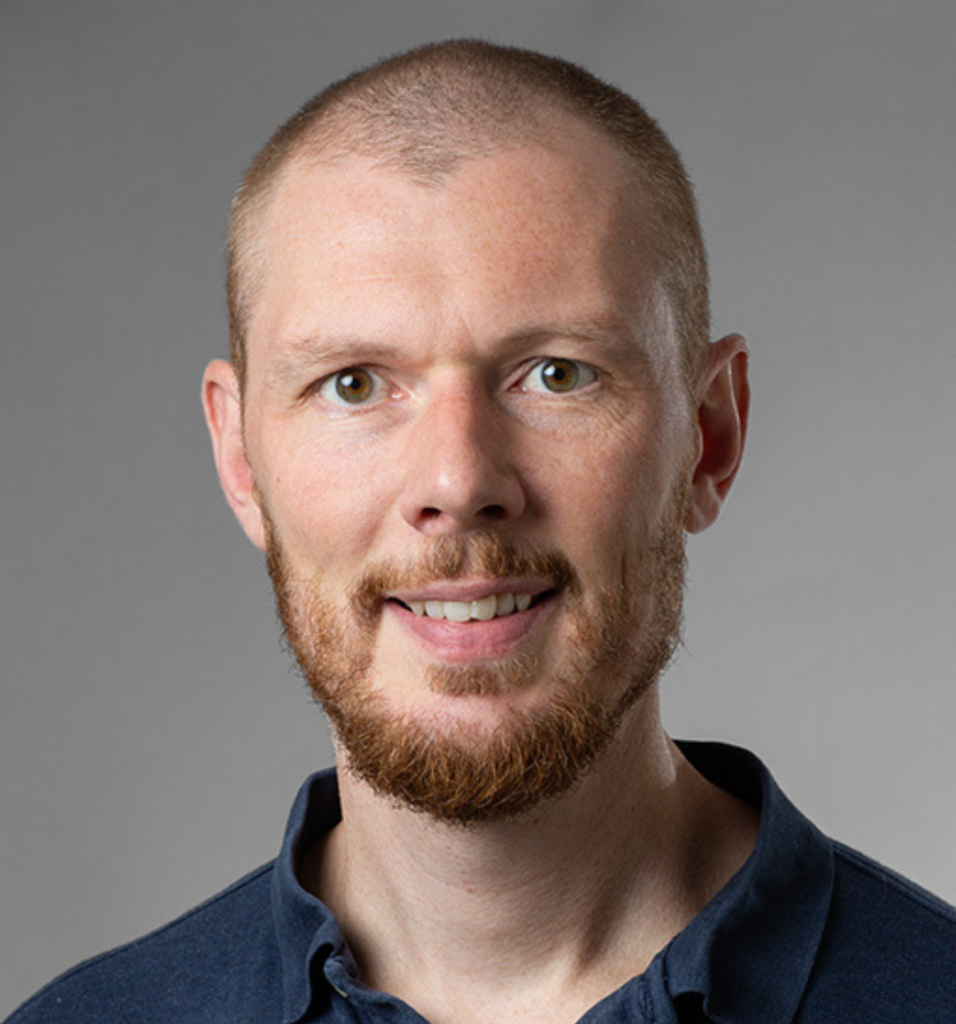20 December 2023
Four explorers of unexpected ideas – Vasileios Bekiaris, Beate Lichtenberger, Søren Degn, and Marta Giacomello – are the first researchers to receive Serendipity grants from the LEO Foundation worth a total of DKK 14 million. The new Serendipity grant instrument is to enable active LEO Foundation grantees and awardees to investigate novel and unexpected ideas or discoveries which have arisen from their skin research.
2023 is the first year that the LEO Foundation awards Serendipity grants seeking to nurture and support current LEO Foundation grantees to pursue novel and unexpected– or serendipitous – research ideas and findings.
The idea with this grant type is to allow established researchers, regardless of seniority, to remain curious and keep pursuing new research ideas – even if these fall outside the scope of their original project or the researcher’s recognized expertise area or field of research.
“History has shown us that scientific breakthroughs often originate from researchers following their curiosity in investigating unexpected findings. With our Serendipity grants, we would like to support discoveries that, within the context of the pursued project, can be seen as unsuccessful or outside scope but still might have the potential to generate brand-new insights and knowledge,” Anne-Marie Engel, Chief Scientific Officer at the LEO Foundation, explains.
This year’s four – and first-ever – Serendipity grantees are all set to transform unexpected findings into valuable new scientific insights. They receive a total of DKK 14 million to explore their ideas and findings.
Celebrating unexpected discoveries – from psoriasis treatment to cancer tumor suppression
Associate Professor Vasileios Bekiaris from the Technical University of Denmark (DTU, Denmark), is one grantee to receive a Serendipity grant, awarded DKK 4 million to explore a new research avenue. Initially, his work focused on the potential of a supposedly anti-inflammatory drug to suppress inflammatory skin diseases like psoriasis, targeting a specific molecule in the immune system’s T cells. However, the outcomes defied expectations; rather than mitigating inflammation, the drug intensified it. This unforeseen result, paradoxically, opened a new potential value of the drug in cancer treatment, particularly in tumor immunotherapy, which often works better in the presence of inflammation.
Vasileios Bekiaris’ findings, supported by data from a mouse skin cancer model developed by his team, suggest that this drug could be instrumental in treating skin cancers such as melanoma while also shedding light on novel mechanisms regulating skin inflammation – hence turning unexpected discovery to strength.
Reflecting on the journey, Bekiaris shares:
“In research, we very often discover things amid a project that either don’t fit with our original hypothesis, or they may even contradict it, as in our case. Sometimes these findings stay in a drawer and can cause frustration because they are very interesting but lack funding for further exploration. The Serendipity grant allows us to not only continue our work in areas like skin inflammation but also to explore a new side with significant potential for future discoveries.”
From investigating skin cancer to seeking a cure for cutaneous calcinosis
Principal Investigator Beate Lichtenberger from the Medical University of Vienna (Austria) has received a Serendipity grant of DKK 2.8 million to investigate an intriguing and serendipitous discovery in her research.
Her original research focused on skin cancer, specifically investigating the effects of over-activated Hedgehog signaling in dermal fibroblasts – the most abundant cell type in connective tissue. Hedgehog signalling in cells has diverse functions in development and tissue homeostasis. Dysregulation of the pathway has been implicated in several developmental syndromes and cancers.
This research – to the researcher’s surprise – led to development of papilloma-like structures, which, contrary to her hypothesis, were identified not as cancerous tumors but as manifestations of cutaneous calcinosis – a painful and debilitating skin condition caused by the deposition of insoluble calcium salts within the skin, for which there is currently no cure.
With this newfound understanding, Beate Lichtenberger will partially pivot her research within Hedgehog signaling in dermal fibroblasts to concentrate on finding improved treatments for cutaneous calcinosis, aiming for a cure.
Cutaneous calcinosis remains a complex and challenging medical condition. The underlying mechanisms of its pathogenesis are not fully understood, and current treatment options are largely empirical and of limited efficacy. Beate Lichtenberger highlights that she looks to develop new therapeutic strategies that could potentially improve patient quality of life.
“Before this serendipitous discovery, I did not know much about calcinosis cutis. Now, we have a model system in our hands that allows us to study the disease in detail, with the overarching goal of finding a cure for patients. The funding from the LEO Foundation enables us to immediately pursue this important research objective,” Beate Lichtenberger states.
Read more about all four grantees, their research projects, and their serendipitous ideas or discoveries below.
Beate Lichtenberger
Principal Investigator, Medical University of Vienna, Austria, DKK 2.8m

Curing Cutaneous Calcinosis (CUCUC)
Beate Lichtenberger investigates the mechanisms behind cutaneous calcinosis caused by over-activation of Hedgehog signaling in the dermis to improve treatment options.
Cutaneous calcinosis (CUC) is a debilitating condition characterized by the abnormal deposition of calcium salts in the skin and subcutaneous tissues, leading to pain, impaired mobility, and disfigurement. Despite its significant impact on patient quality of life, effective therapeutic interventions for CUC remain lacking, and there is no model system to study the disease. Beate Lichtenberger and her team serendipitously discovered that over-activation of Hedgehog (Hh) signaling in dermal fibroblasts leads to calcium precipitates and inflammation in limb and tail skin of mice, recapitulating the human disease
Beate Lichtenberger will elucidate the underlying mechanisms driving calcium deposition, inflammation, and tissue damage in cutaneous calcinosis. Furthermore, she will perform single cell RNA sequencing (scRNA-Seq) of human CUC tissue to assess which cell types apart from fibroblasts contribute to the pathogenesis and how
By advancing the understanding of the pathogenesis of CUC and developing targeted therapeutic strategies like repurposing of existing Hh inhibitors, Beate Lichtenberger’s project has the potential to revolutionize the treatment landscape and significantly improve the lives of individuals afflicted by this condition.
Marta Giacomello
Associate Professor, University of Padua, Italy, DKK 3.9m

Exploring the serendipitous connection between a mitochondria fission protein and melanosomes maturation
Marta Giacomello aims to elucidate the role of a newly discovered mitochondrial fission protein in organelle maturation by exploring its impact on melanosome development and lipid droplet formation.
Melanogenesis, the process of synthesis and storage of the pigment responsible for skin color, melanin, occurs at specialized cell organelles named melanosomes. The mechanisms underlying melanin synthesis are not fully understood, but recent data suggest that mitochondrial physiology influences melanogenesis. Marta Giacomello and her team discovered that a mitochondrial fission factor, serendipitously found at the melanosome-mitochondria interface, controls the size of early melanosomes and melanin levels independently of its role in mitochondrial morphology.
The team aims to demonstrate that the identified mitochondria fission factor is a common regulator of organelle maturation, which exerts its specific effect based on its subcellular localization and interaction partners. They will first investigate its role in melanosome maturation, and then generalize its function by extending the analysis to lipid droplets.
By elucidating how the identified fission factor switches from its mitochondrial to its melanosomal function, Marta Giacomello may generate milestone findings in the field of melanogenesis, and proof-of-concept evidence for its general role as a master regulator of organelles’ fission and maturation. Potentially, the results of this project could lead to breakthroughs in the fundamental understanding of cell biology.
Søren Degn
Associate Professor, Aarhus University, Denmark, DKK 3.3m

An unexpected link between age-associated B cells and CD8 T cells
Søren Degn will investigate a novel link between age-related B cells (ABCs) and cytotoxic CD8+ T cells.
Søren Degn and his team have discovered a new and unexpected link between a type of immune cells that normally produce antibodies (B cells) and a type of immune cells that are responsible for eliminating the body’s own cells when they are infected or become cancerous (CD8+ T cells). Their preliminary findings indicate that this link may play an important role when the immune system is erroneously activated, when an infection cannot be cleared, or when a cancer is established. It is not known which exact signals are responsible for the communication between these two cell types, and whether it occurs directly or via a third-party messenger. However, it is known that it occurs in the spleen, an important immune organ, which filters the blood and prevents infections, but also plays a critical role in autoimmune diseases.
The intention of Søren Degn is to understand the cellular and molecular mechanisms behind this novel link. An increased understanding may enable new therapeutic strategies in the future across a range of important diseases such as inflammatory skin disorders, autoimmune diseases, and cancer.
Vasileios Bekiaris
Associate Professor, Technical University of Denmark, Denmark, DKK 4m

Targeted and localized skin inflammation as a potential immunotherapy against cancer
Vasileios Bekiaris will investigate how an observed adverse impact of a drug candidate in psoriasis may be converted to a potential treatment of cancer.
Vasileios Bekiaris and his team have been studying the mechanisms by which psoriasis is induced for several years, and their goal was to find ways to suppress it. They have discovered a molecule that is necessary for the generation and function of the immune cells responsible for causing psoriasis. Moreover, they have access to a drug that targets and neutralizes this molecule, and therefore they thought that it could potentially inhibit psoriasis. Contrary to what they expected, the drug induced inflammation and exacerbated psoriasis instead of treating it. It is known that for many cancers, inflammation promotes favourable protective immunity and helps the efficacy of immunotherapy. Using a mouse melanoma model, Vasileios Bekiaris and his team have managed to generate data suggesting that the pro-inflammatory drug could in fact suppress tumour growth.
Vasileios Bekiaris will therefore investigate the drug’s potential in cancer treatment and, if successful, may open possibilities for a new immunotherapy against skin cancers. Vasileios Bekiaris and his team also believe that this data will continue their contribution towards understanding how skin inflammation is mediated.
About Serendipity grants
Serendipity grants seek to enable active grantees to perform explorative investigations of novel and unexpected, also known as serendipitous, ideas or discoveries, which have emerged as a consequence of investigations performed during a current LEO Foundation-funded project.
The discovery or idea should be outside the scope of the original project and may even reside outside the primary research focus of the grantee. The discovery or idea should be at an early stage of maturity where it would be unlikely to receive support via other LEO Foundation funding instruments.
A Serendipity grant can last for up to two years and has a limit of DKK 4 million, including administrative costs.
The LEO Foundation Serendipity grants program is announced once a year in open competition. In 2024, the application deadline is 25 June (16:00 CEST).
Read more about Serendipity grants here.
About the LEO Foundation
The LEO Foundation is one of the largest private funders globally of independent skin research. The Foundation provides philanthropic grants with the aim to support the best international research in skin diseases and make Denmark a global beacon for skin research. Over the past decade, the LEO Foundation has given more than DKK 1 billion in grants and awards to independent skin – in Denmark and all over the world.